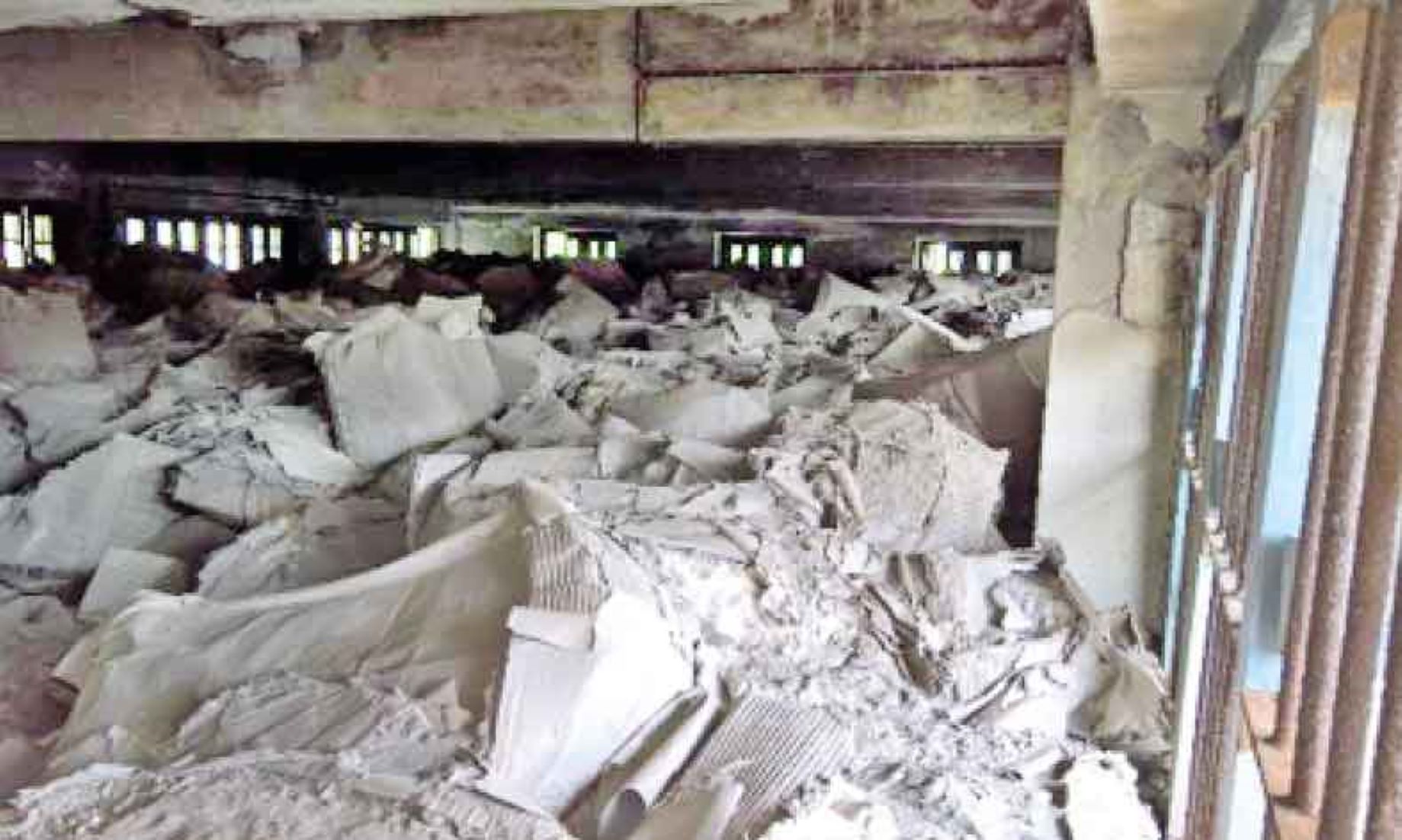DHAKA, Dec 1 (NNN-BSS) – What is thought to be the world’s largest remaining stockpile of the now-banned pesticide, Dichlorodiphenyltrichloroethane (DDT), left in Bangladesh’s seaport city of Chattogram for 37 years, has finally been removed.
The Food and Agriculture Organisation of the United Nations (FAO), said here yesterday, that, it supported the Bangladeshi government, in disposing of the DDT safely, and cleaning up the storage site in a complex international operation.
The final batch of repackaged DDT will be loaded onto a ship later this week, and then the entire consignment will set sail for France, where the waste will be incinerated at a specialist facility in the country, said FAO in a statement.
To mark the completion of the DDT removal operation, a closing event was held in Chattogram, some 242 km south-east of the national capital, Dhaka, on Tuesday.
Bangladesh imported 500 metric tonnes (500,000 kg) of the pesticide in 1985, to control malaria-carrying mosquitos. Upon arrival, it was put into a government compound, the Medical Sub-Depot of the Directorate General of Health Services, in the Agrabad district, in Chattogram city. Over the years, many of the boxes and bags disintegrated leaving exposed piles of the white DDT powder.
In 1991, Bangladesh imposed a DDT ban, but the huge consignment remained.
FAO consultant, Mark Davis, an expert on obsolete pesticides, described the DDT pile as “highly unusual.”
“This is the largest amount of the pesticide removed from a single location that I’m aware of. It’s also highly unusual in that, it was stored in the middle of a city and because it was there for so long,” he said.
Since DDT does not break down, the consignment has exactly the same concentration of active ingredient today, as it did when it was manufactured.
DDT is toxic to humans and other organisms. It harms fertility and reproductive processes, disrupts hormonal systems, and is a probable carcinogen. As a persistent organic pollutant, it accumulates in the bodies of humans and animals, and the wider environment.
Due to the urban location, special precautions were taken to ensure that the DDT removal operation did not create dust. The buildings were sealed and operated under negative air pressure to ensure that everything stayed inside.– NNN-BSS





